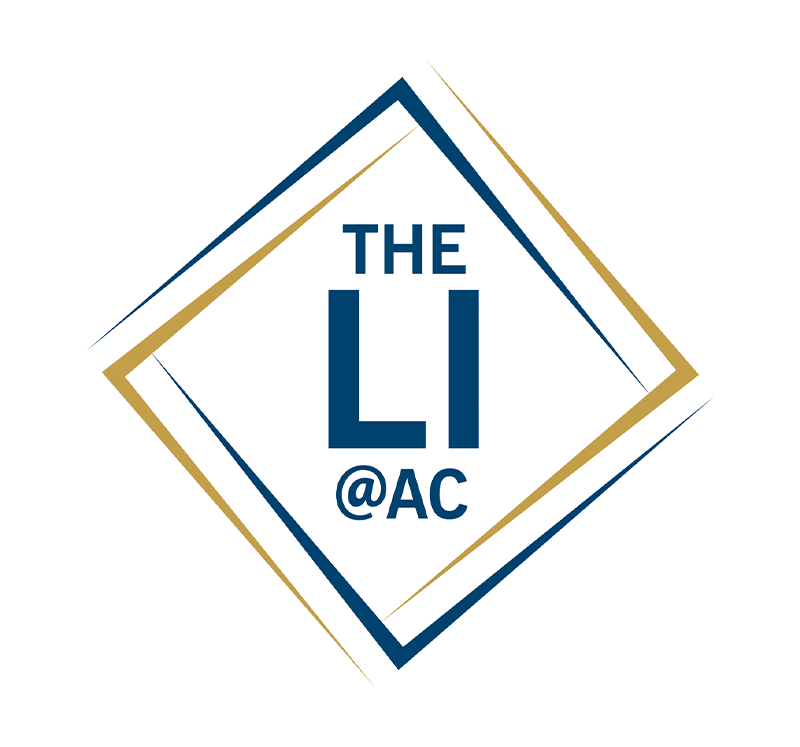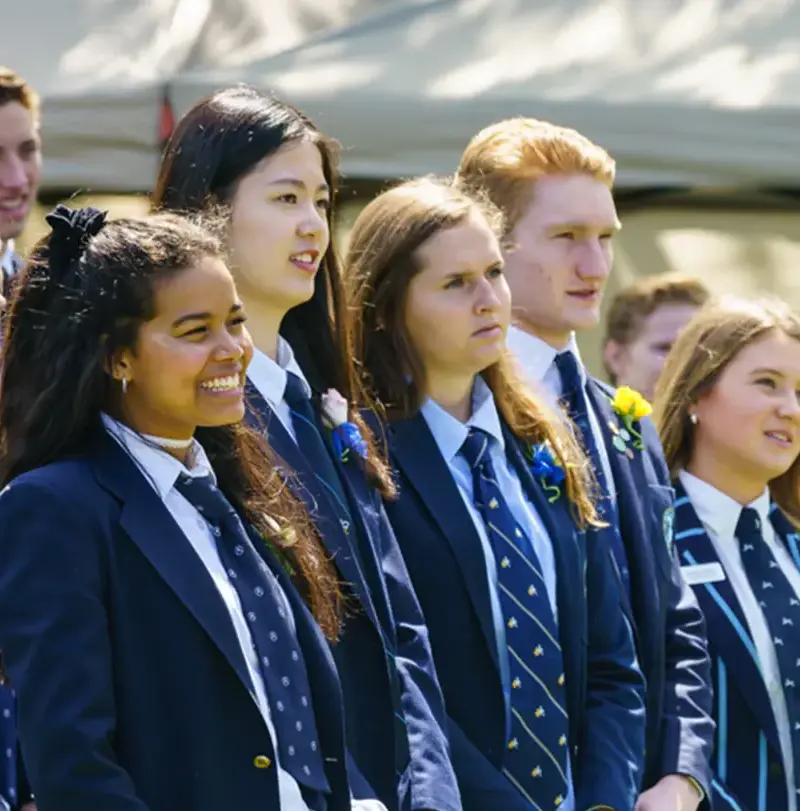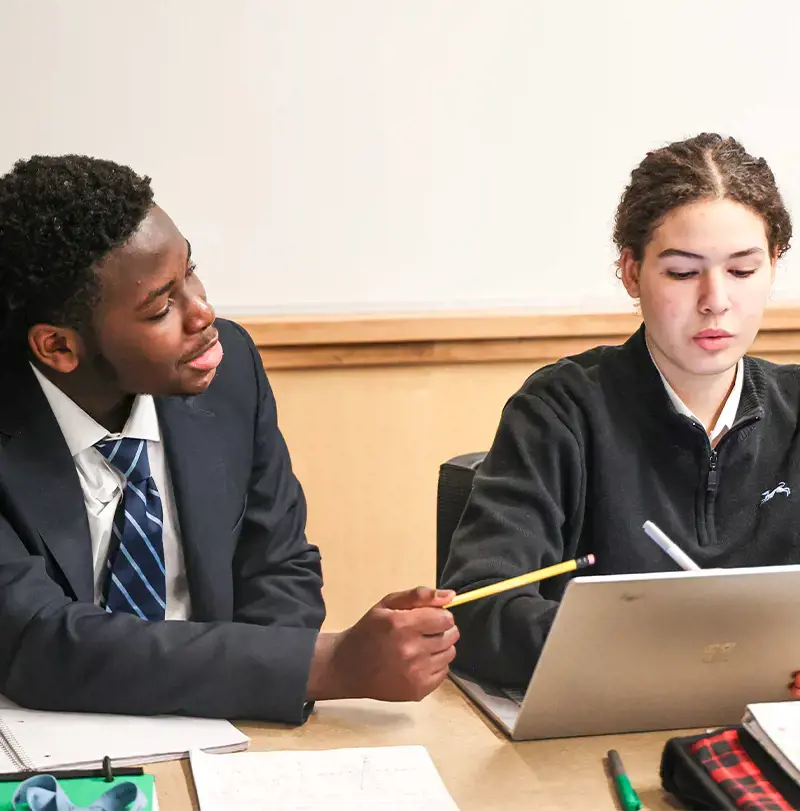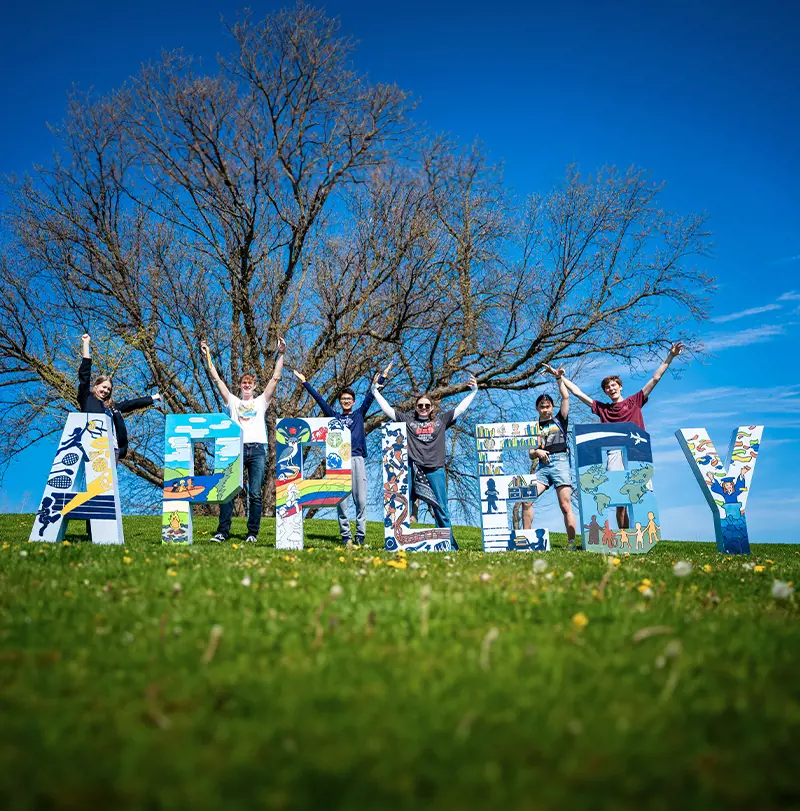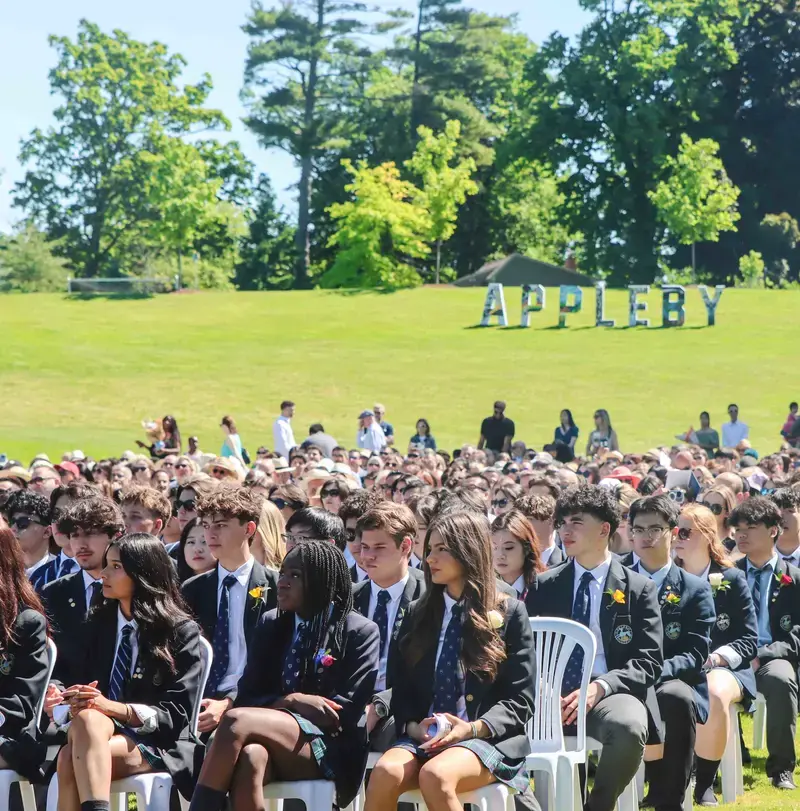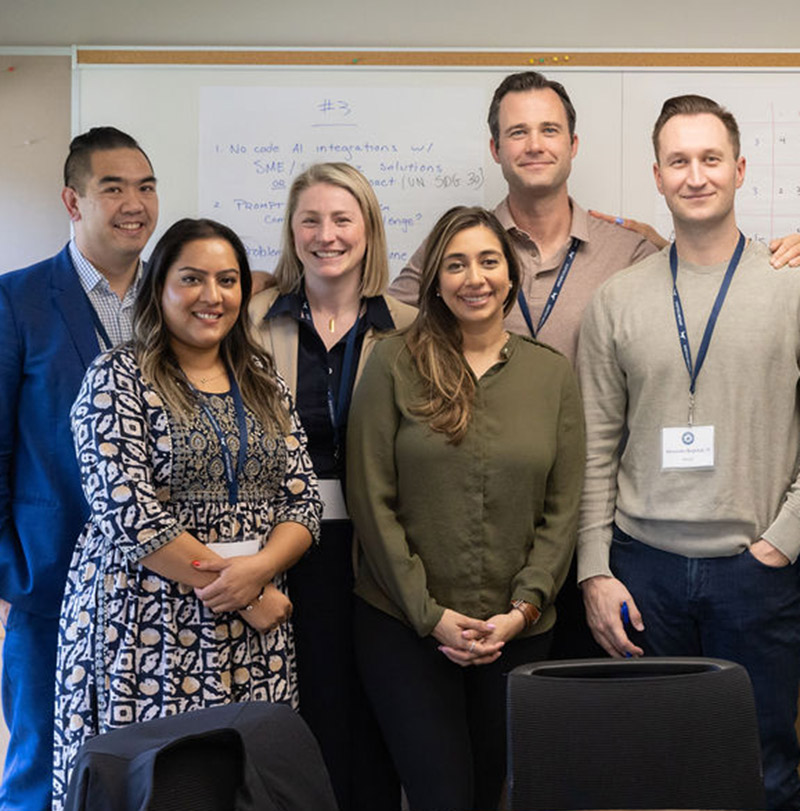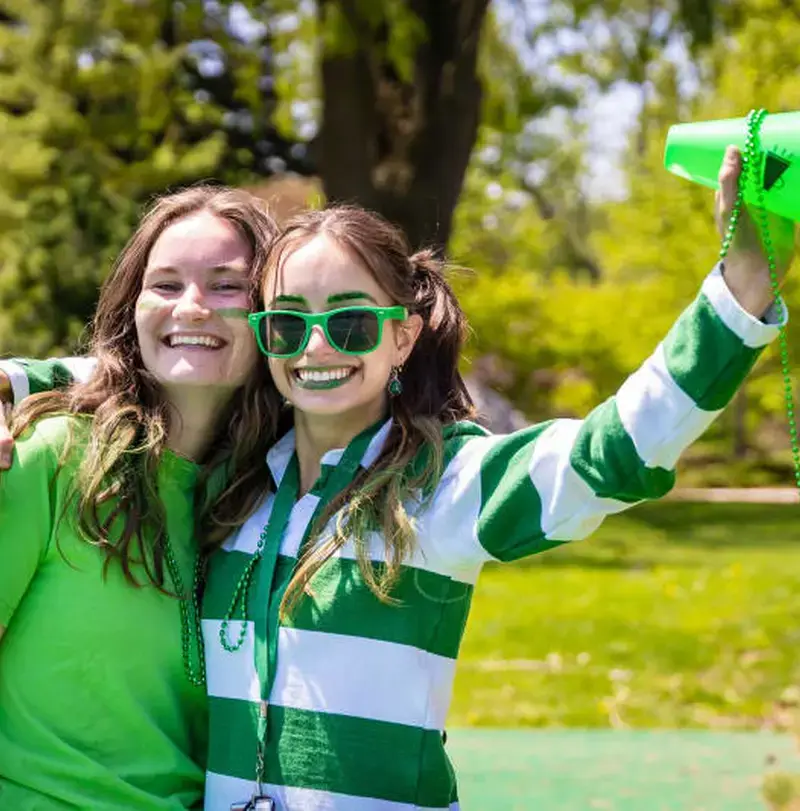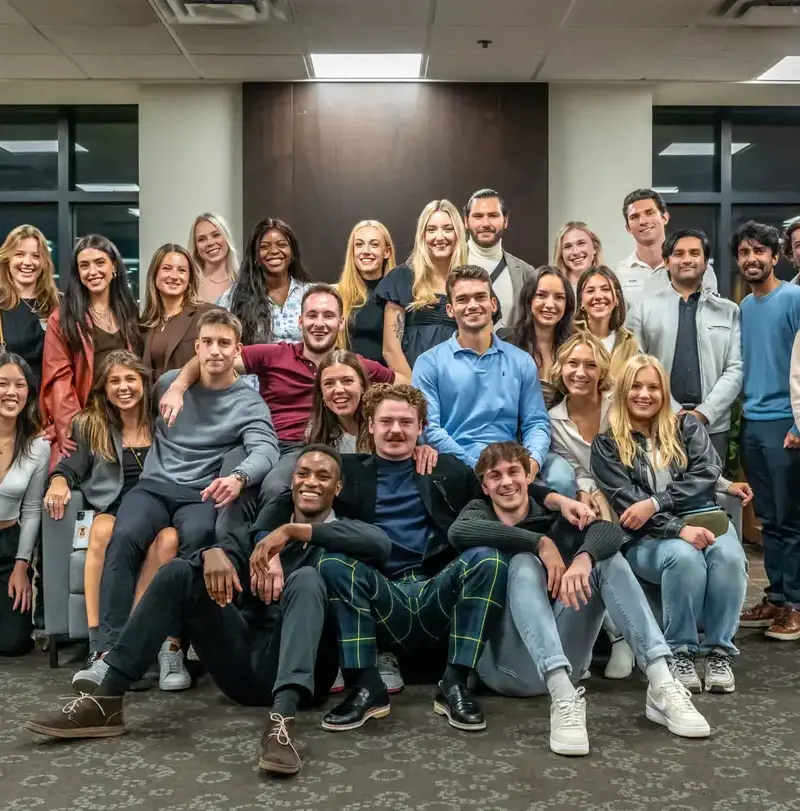Ninaatigoog: Maple Trees as Teachers
by Dr. Ellen Palmer
When I began designing the first iteration of NBE 3U (Understanding Contemporary First Nations, Métis, and Inuit Voices), I knew I wanted to centre the course around land-based learning. Land-based learning is a phrase that’s often used when discussing Indigenous knowledge, but beyond ensuring that much of the course’s learning would—and should—happen outside, I initially understood the concept only in a vague, amorphous way.
Nonetheless, I began the course by going outside. A lot. And I soon noticed that after several weeks of outdoor learning, my relationship with students was evolving in a very different way than it did in other classes. Reading by the lake with the sun on our faces helped us see each other more as individuals than as roles within the traditional teacher-student dynamic. Discussing the Haudenosaunee Creation Story while surrounded by the beauty of creation itself began cultivating a culture of gratitude for nature, and for our place within it.
But it was when we decided to make maple syrup as a class that I began to truly understand the power and potency of land-based learning. Fortunately, I came across Leanne Betasamosake Simpson’s article “Land as Pedagogy: Nishnaabeg Intelligence and Rebellious Transformation” and was immediately captivated by the maple syrup story that opens her piece. It’s a story of connection, reciprocity, and relationship to our environment—a story of learning “both from the land and with the land” (Simpson 7).
That fall, when we went out to mark the maple trees on campus, our eyes were quite literally opened to the beauty around us. We noticed the majesty of the trees, the unique character of the land, and the astonishing diversity of leaves underfoot.
|
Mariana using a drill for the first time! |
Reese and Ty setting up the spiles and buckets |
Vilius, our Lithuanian exchange student, tasting sap for the first time |
When it came time to tap the trees, students drilled with care and respect. We talked about how it was ultimately up to the trees whether they would share their sap with us. Some gave generously; others, we imagined, needed to conserve their sap to feed their buds and branches for spring. A few of us even hugged our trees. I remember feeling a particular connection to the spile I placed in one of the sugar maples that stands majestically near the campus entrance. Would my spile produce sap? Would the tree recognize me as someone who, as Robin Wall Kimmerer describes in Braiding Sweetgrass, knows how to give thanks?
Giving thanks became a vital part of our maple tapping experience. We discussed how best to express our gratitude to the trees for their astounding gift—over 400 gallons of sap! We considered offering semaa (tobacco), following the Anishinaabe tradition. In fact, we had been growing our own semaa (Nicotiana rustica, its colonial name). Each student had watched a tiny seed, no bigger than a grain of salt, grow over the winter in a pot with their name on it (but that’s a story for another blog 😊).
|
Elizabeth explaining how, why, and when sap runs |
Learning how a hydrometer works |
Students sampling raw sap |
In the end, we decided that once the ground dried in spring, we would offer the trees a blend of organic fertilizer to help replenish their strength. Next week, we will sprinkle our 29 generous sugar maples with physical nourishment—along with words of gratitude. Respecting our responsibility to nature, and honouring the reciprocity at the heart of our relationship with it, is a foundational principle of Indigenous knowledge.
After we thank our teachers—the Ninaatigoog—we’ll celebrate by feeding ourselves with a healthy dose of maple syrup on pancakes and ice cream. Eaten outside, of course.
 |
ABOUT THE AUTHOR Dr. Ellen Palmer- Director Learning, Teaching & Research | Teacher, English. Dr. Ellen Palmer has been teaching English at Appleby College for twenty-five years and currently serves as the Director of Learning, Teaching, and Research, as well as the school’s Indigenous Curriculum Co-ordinator. A passionate educator and curriculum innovator, she is committed to deepening students’ understanding of their relationships to land, community, and identity. Her approach invites students to move beyond the traditional classroom and engage with the complex, often “wicked,” challenges of our world through experiential, inquiry-driven learning. In her NBE 3U course, land-based learning plays a central role, fostering reflection, responsibility, and respect for Indigenous knowledge systems as students explore how story, place, and perspective intersect. |
